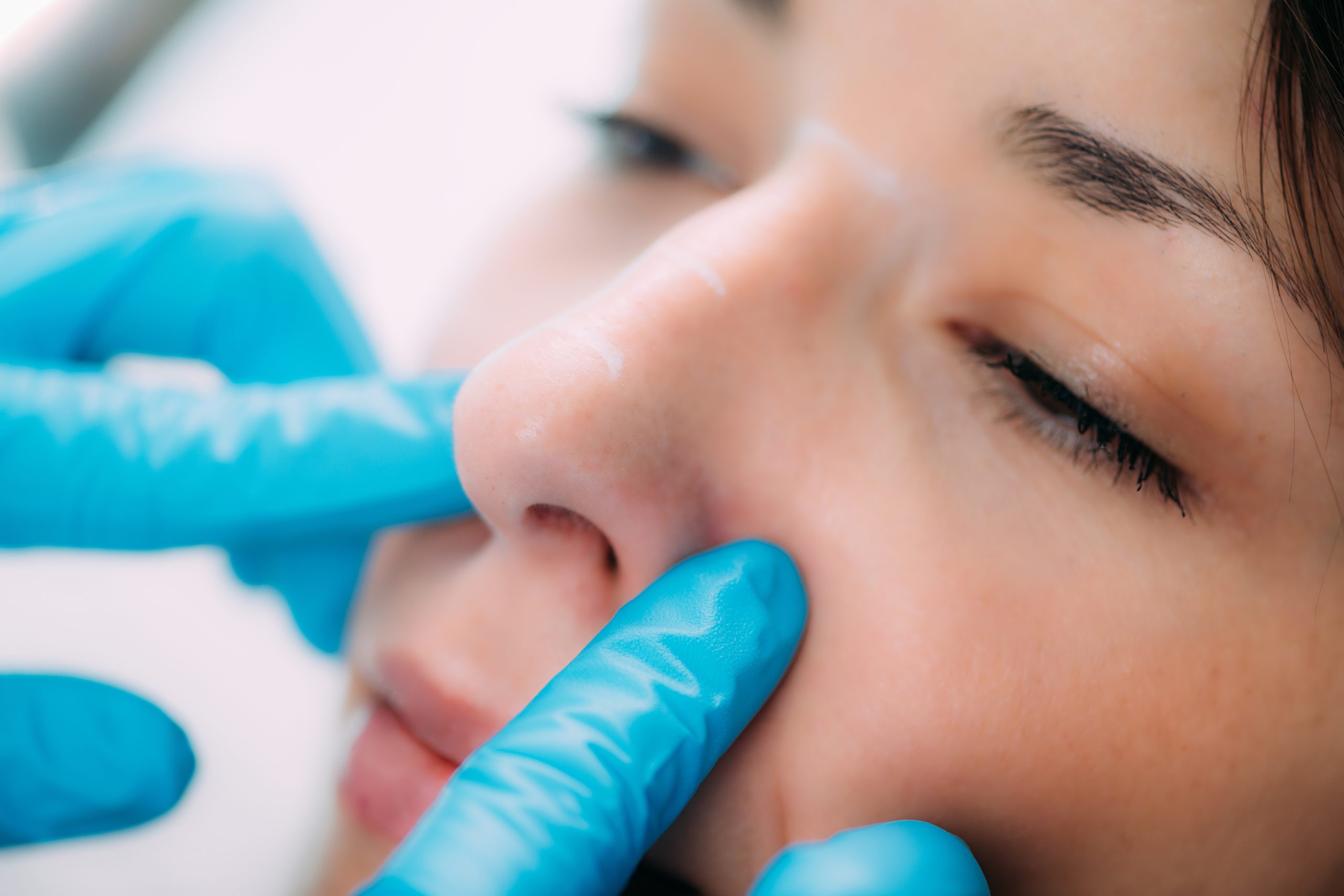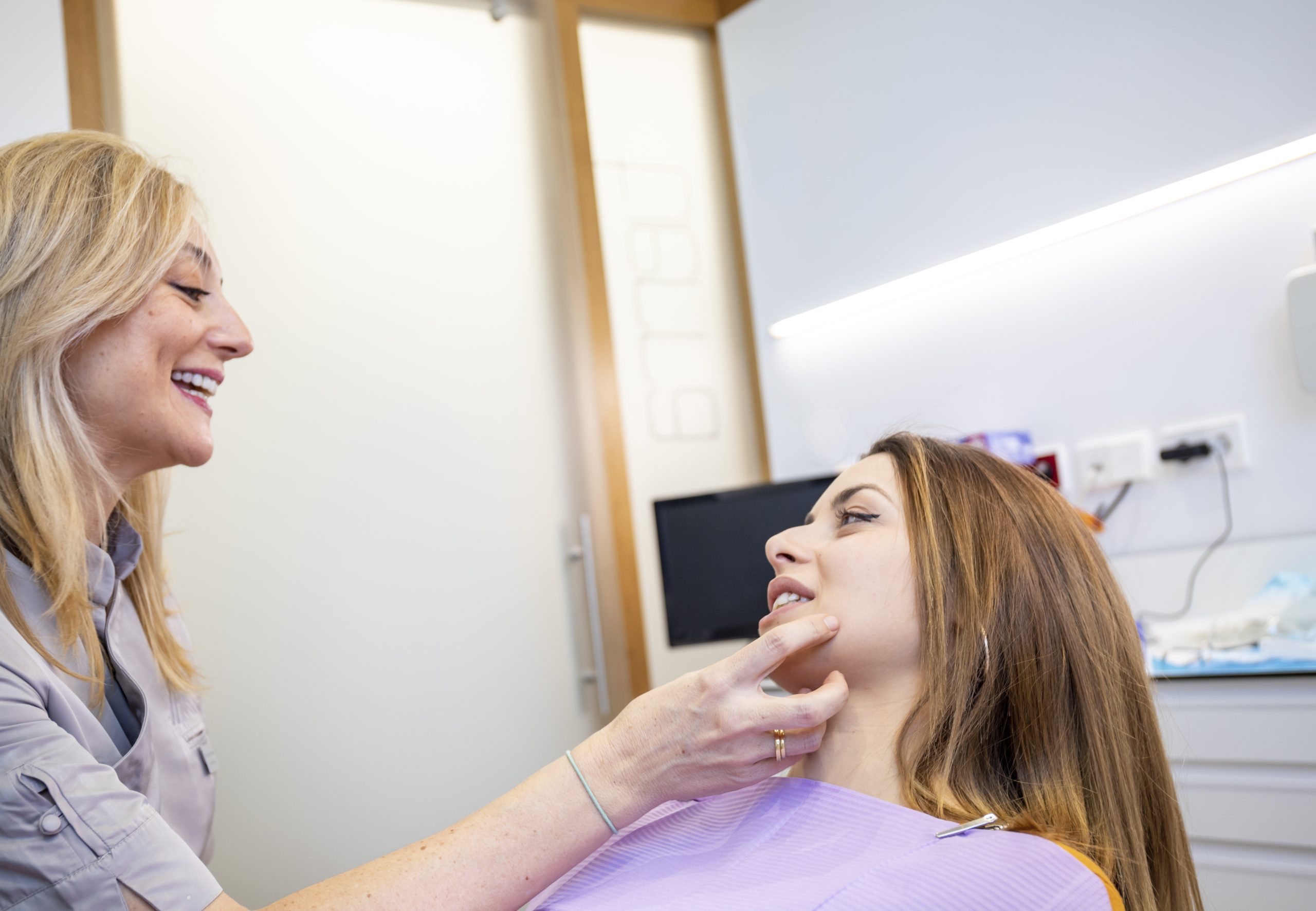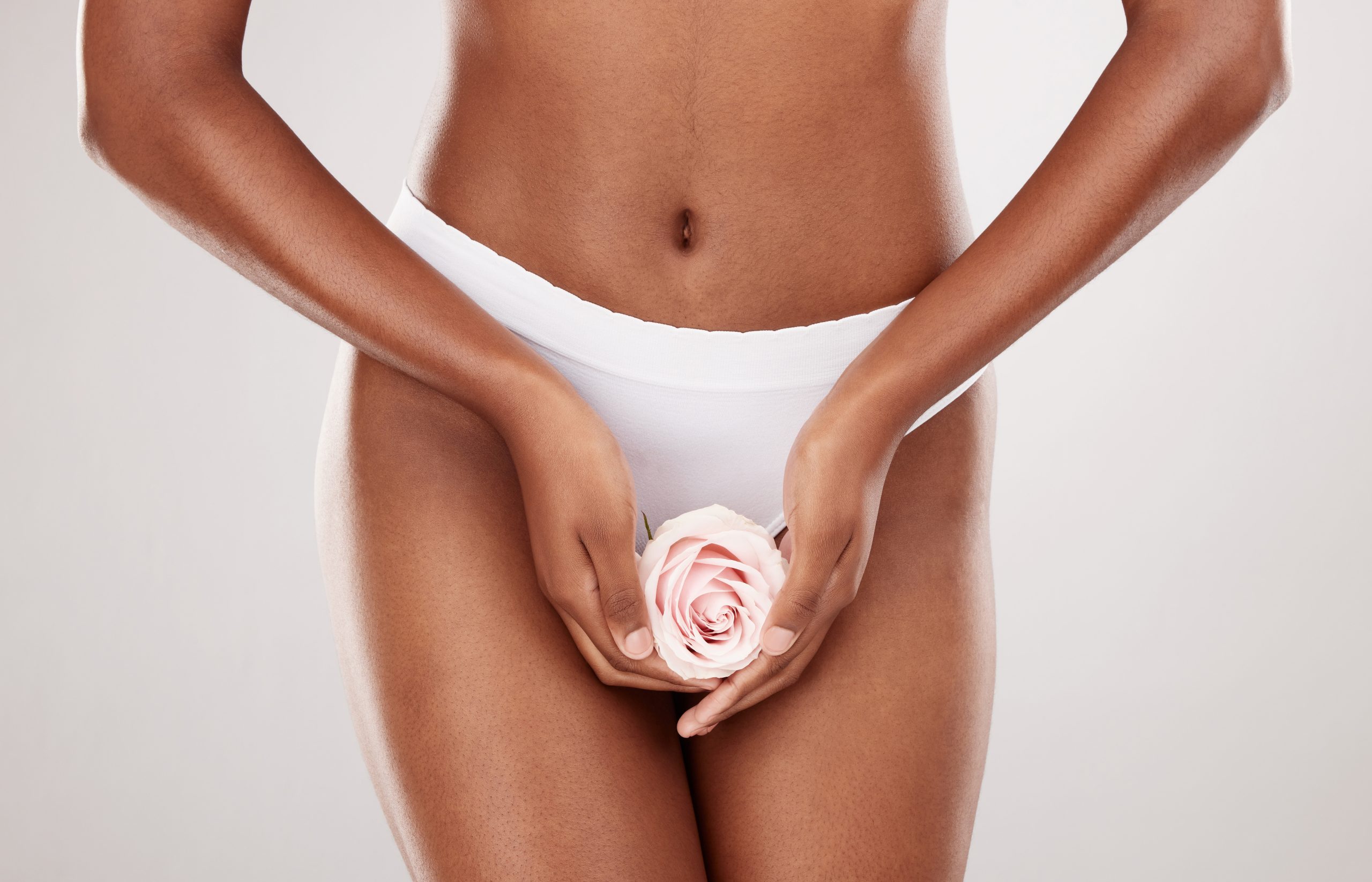
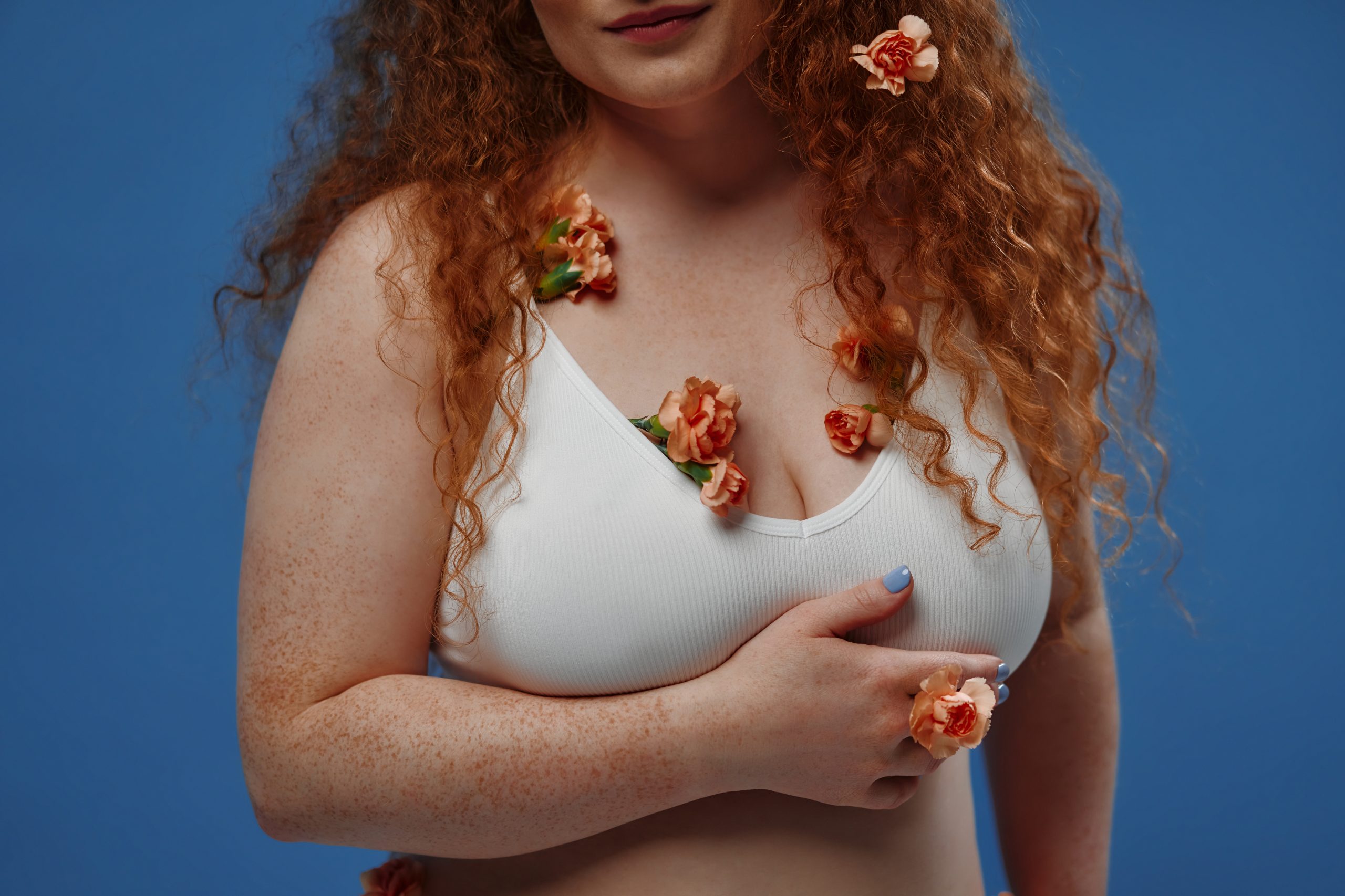
The Breast Reduction Procedure: Step-by-Step Breakdown
Preliminary Preparation
Consultation & Pre-op planning
Your surgeon begins by understanding your goals, evaluating your health, and potentially ordering imaging like mammograms if you’re over 35, have a family history of breast canceror have breast lumps. Together, you’ll decide on the best surgical technique (anchor/Wise pattern, vertical “lollipop,” or circumareolar), guided by your breast size and desired outcome
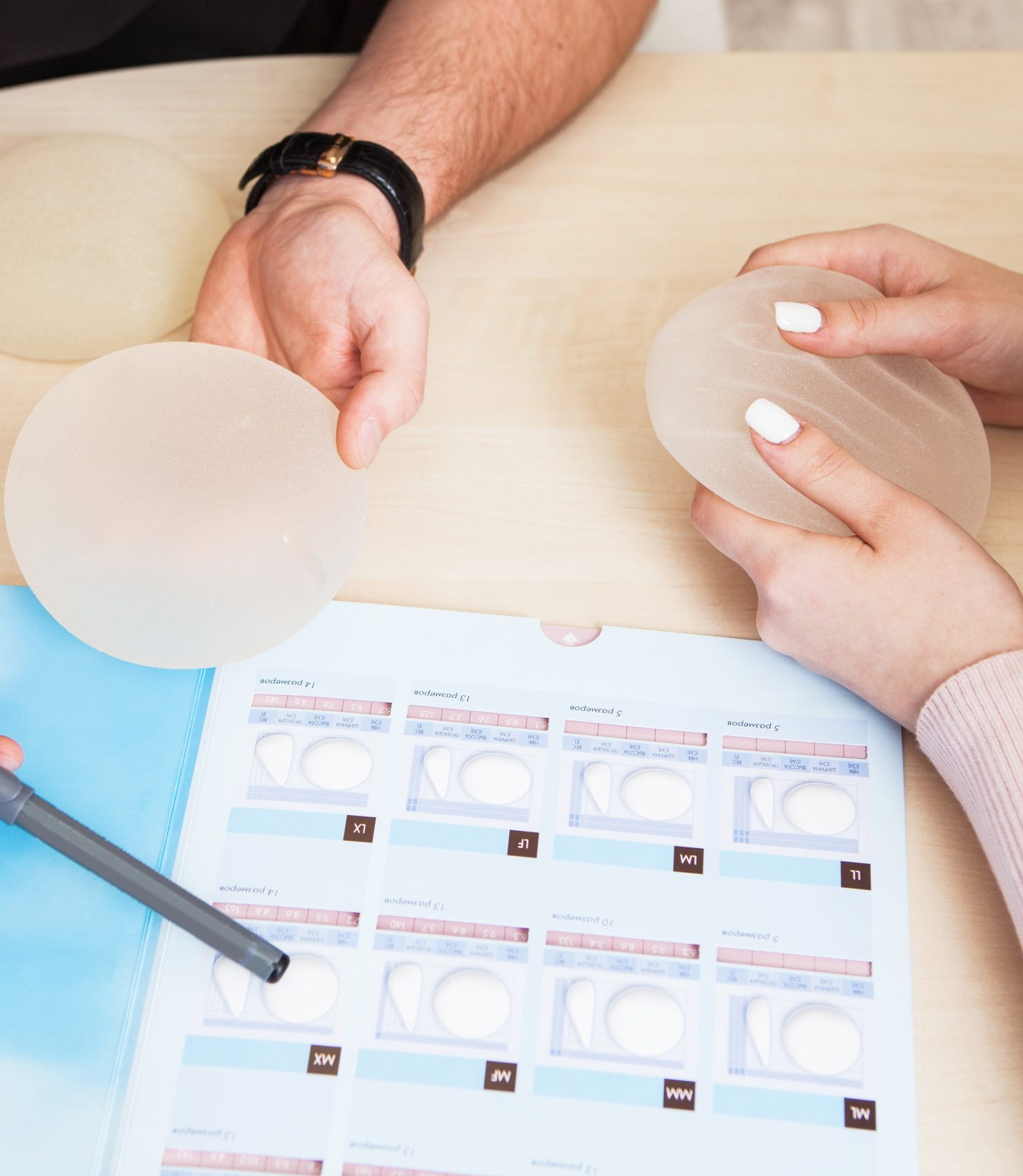
Pre-surgery prep
6 hours before surgery, you’ll abstain from food, you can have clear fluid up until you arrive for surgery.drink. If needed, quit smoking to optimise healing and reduce risks.
Anaesthesia
Breast reduction is performed under general anaesthesia. You’ll be asleep and comfortable through the entire 2–4 hour operation.
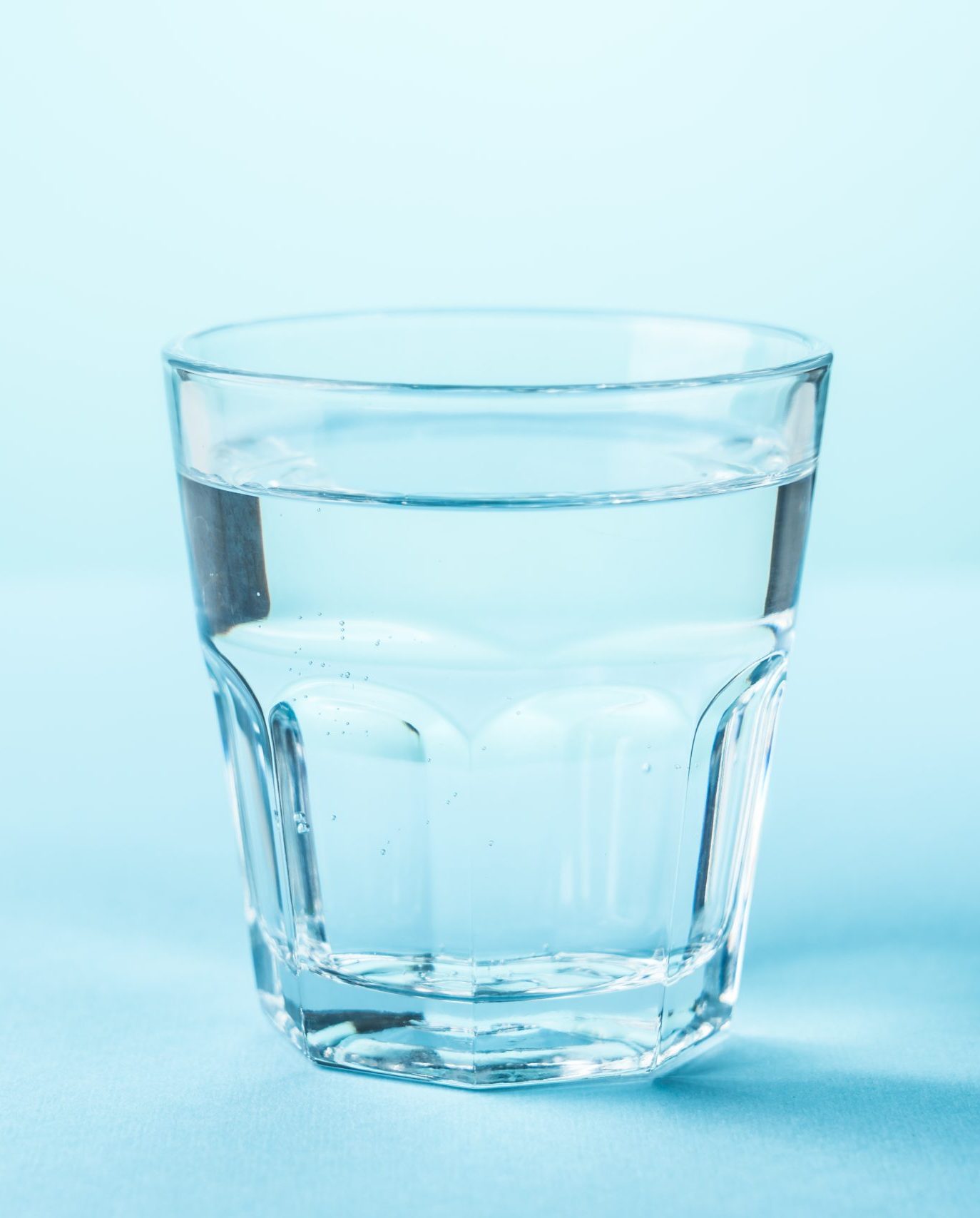
Incision & Tissue Removal
Marking
With you upright, your surgeon draws precise guidelines to map incisions:
- Anchor/Wise pattern: around the areola, vertically down, plus a horizontal crease incision
- Vertical (lollipop): around areola and downward
Incisions
The skin is carefully incised along these patterns.
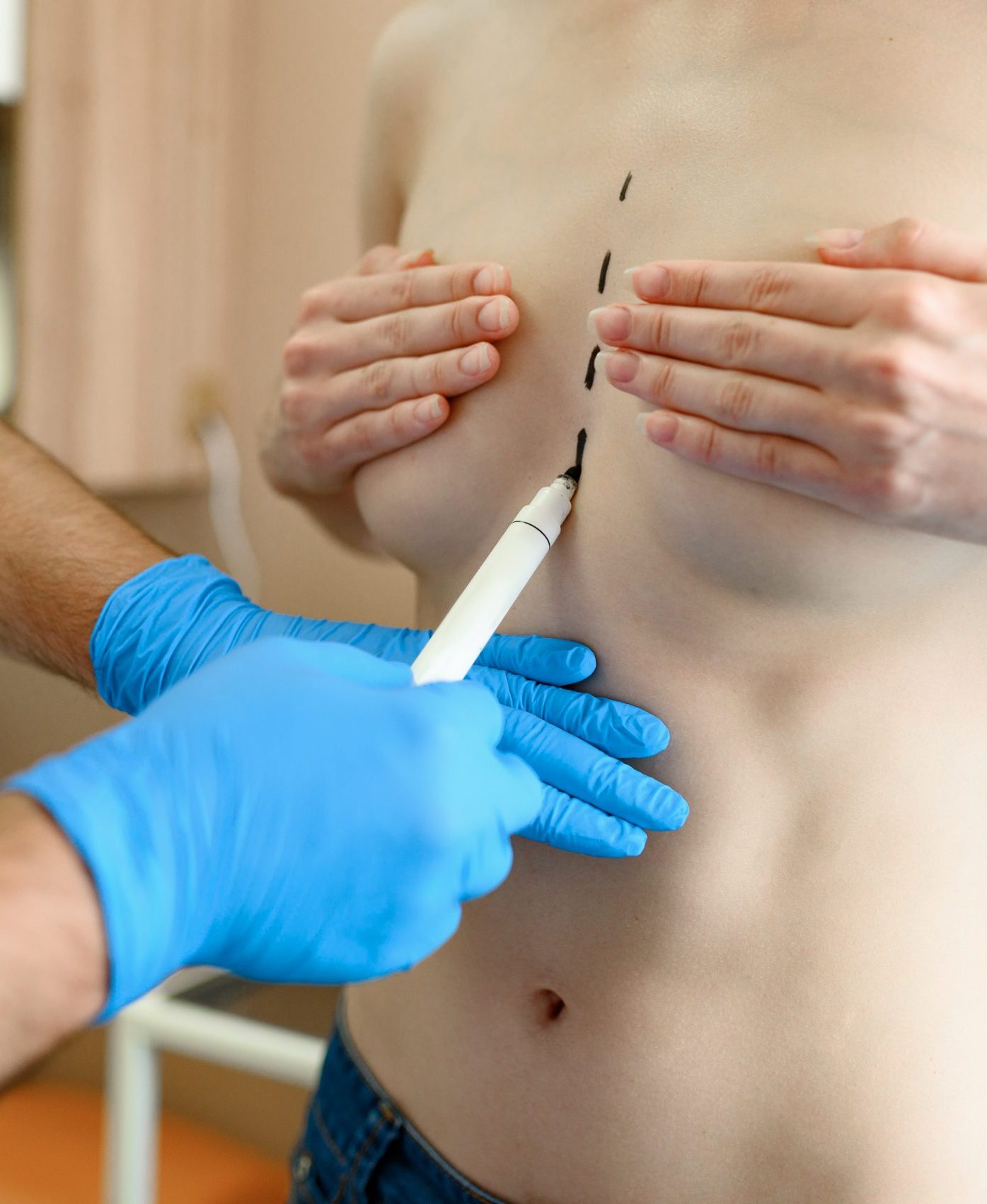
Removing tissue & preserving the nipple
Using a vascular pedicle (superior, inferior, medial, etc.), the nipple–areolar complex remains attached to its blood supply. Excess glandular tissue, fat, and skin are removed, sculpting the breast and repositioning the nipple into a higher, more youthful position.
In very large cases, a free nipple graft may be used, though this results in loss of sensation.
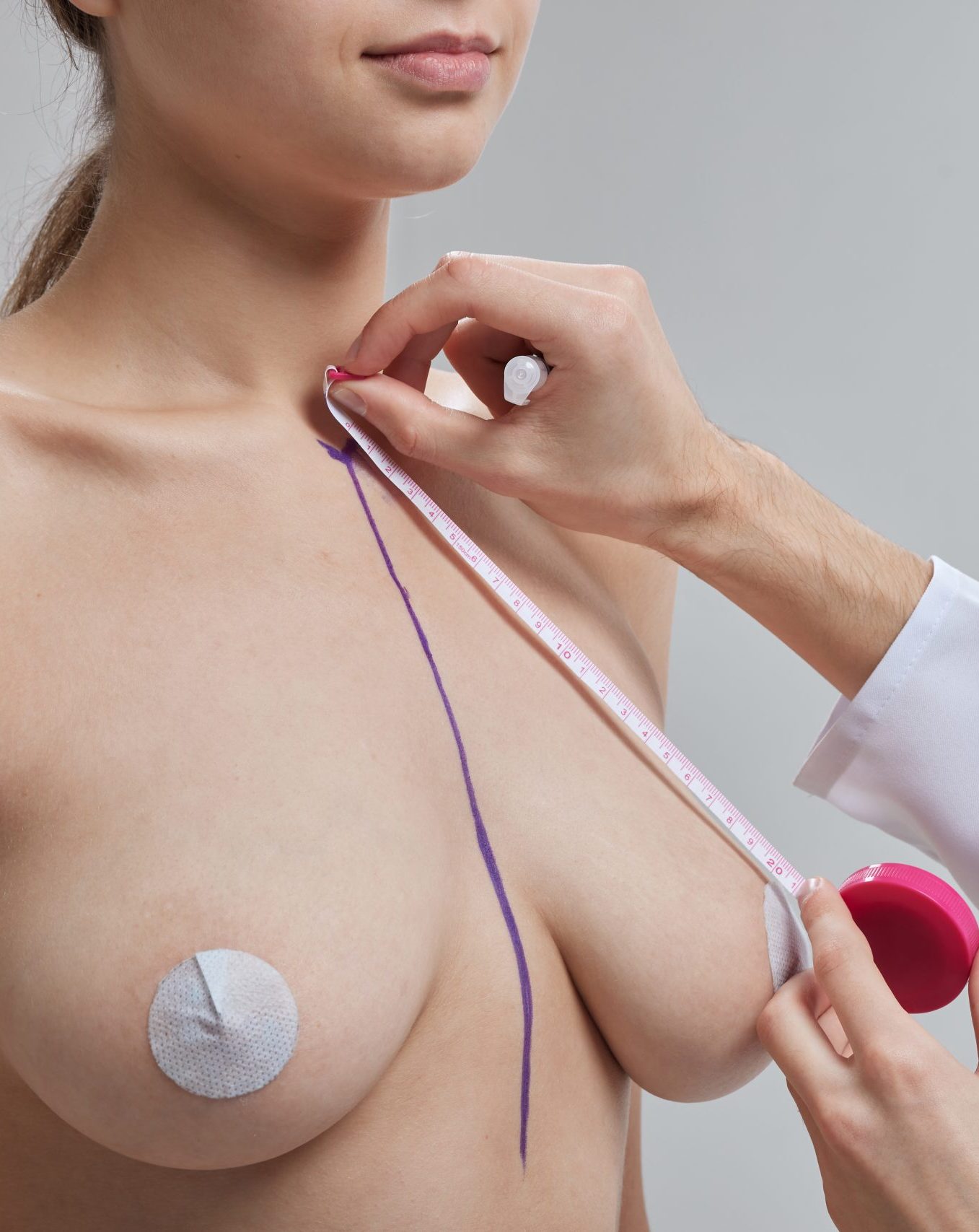
Reshaping & Closure
Internal shaping
Underlying tissue is sutured to recreate a firm, conical breast mound, maintaining upper pole fullness.
Skin closure
Layered closures: deep absorbable sutures inside, with fine external sutures or tapes for less visible scars.
Scars will follow the incision—anchorshaped, vertical, or periareolar—and gradually fade over the year.
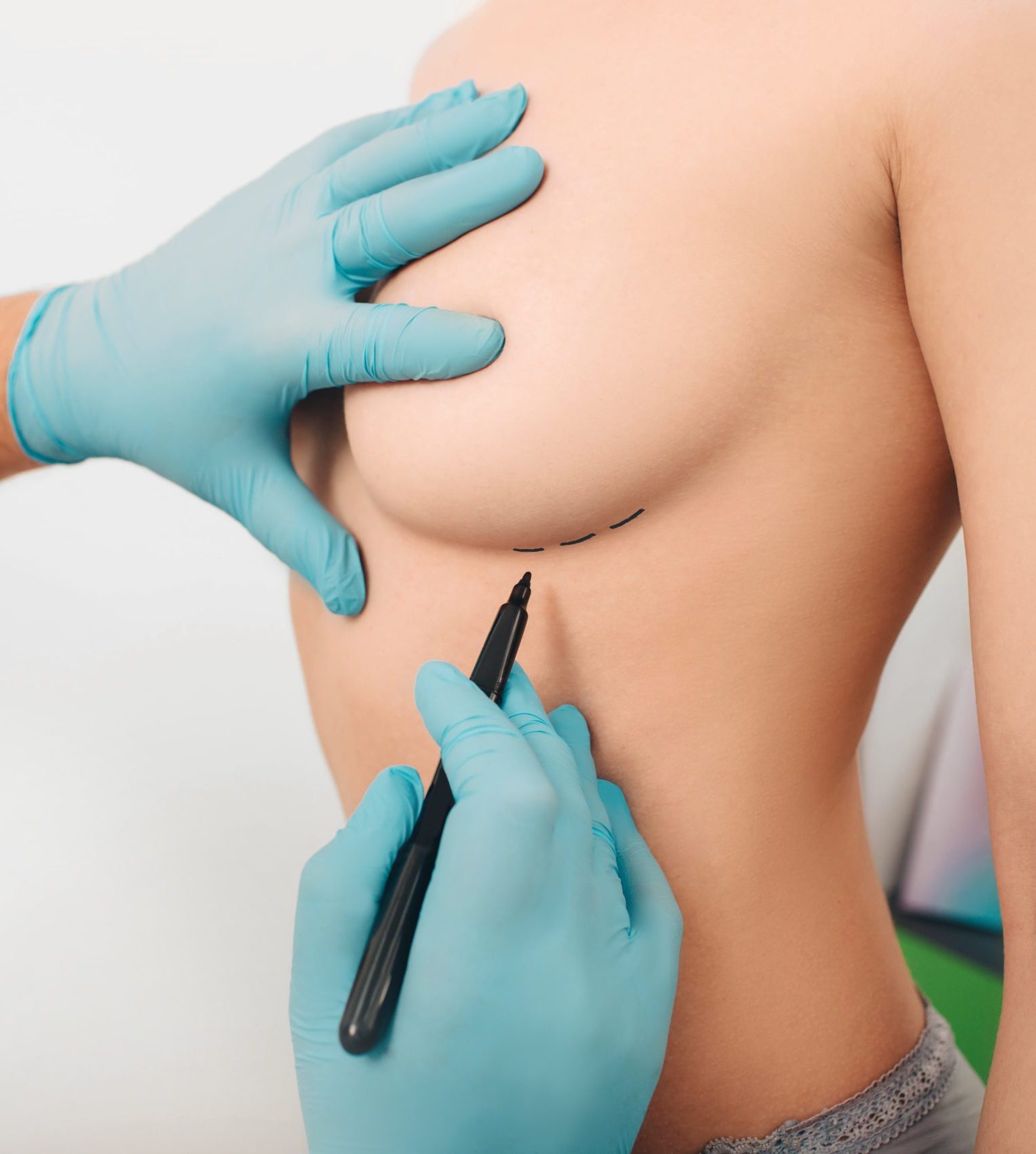
Drains & Dressing
Haemostasis and drains
Surgeons achieve tight bleeding control. Drains are very rarely used.
Dressings & support
Your breasts will be dressed, then placed into a surgical/compression bra to minimise swelling and support healing for at 4-6weeks.
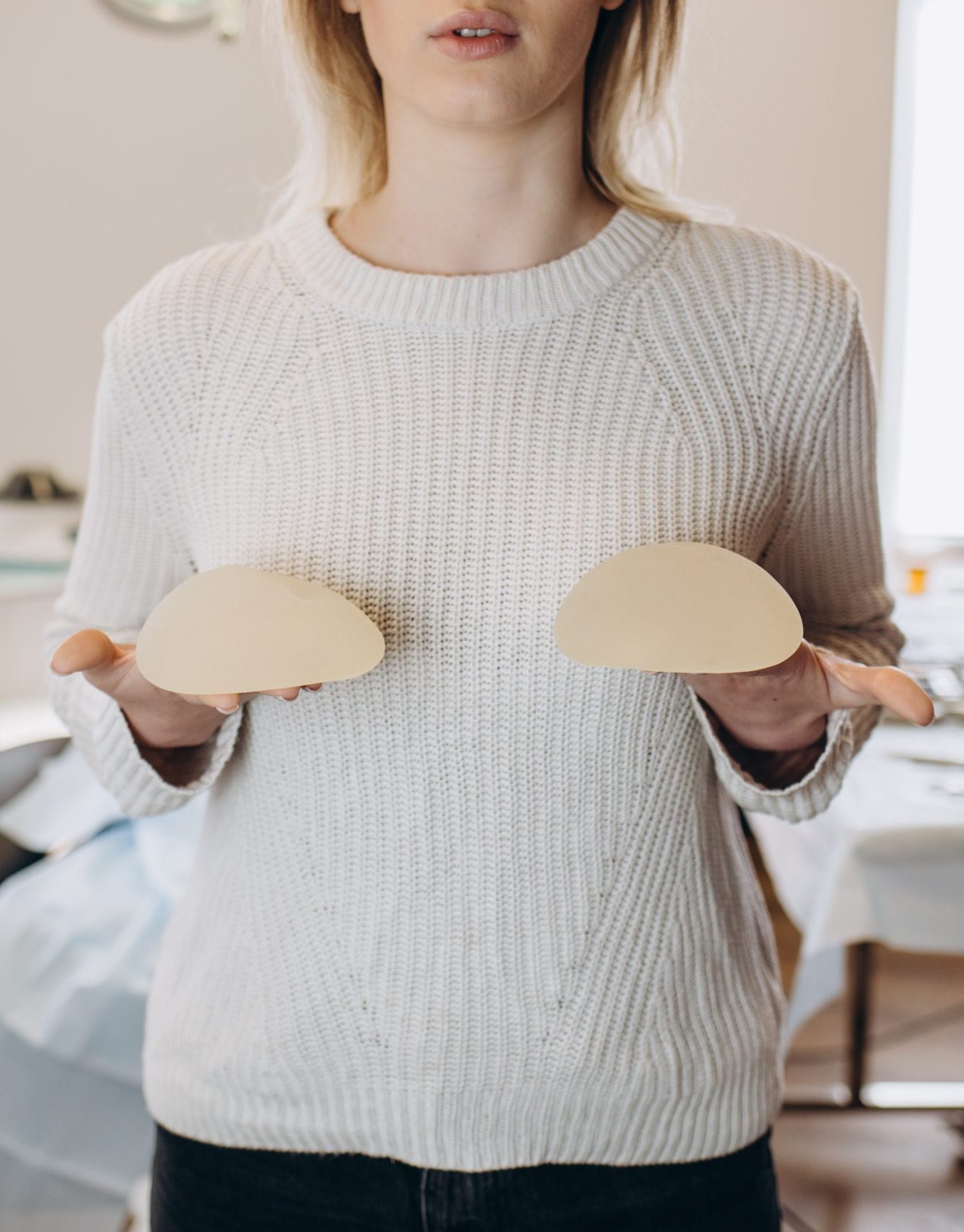
Post Surgical Recovery
Hospital stay & immediate care
Breast reduction is a day case procedure. Nurses will monitor you for bleeding and ensure the pain is well controlled.
First week
Expect tenderness, limited arm movement, and mild discomfort. You will be advised to wear easy front clothing and sleep slightly upright.

Progressive Recovery Timeline
| Stage | What to Expect | Tips |
| Weeks 1–2 | Swelling/bruising, discomfort, restricted movement | Wear surgical bra, walk gently, avoid heavy lifting, front-button tops |
| Weeks 3–6 | Tenderness fades, swelling lessens, scars begin to form | Transition to sports bra, return to desk work, light cardio after 4 weeks |
| Weeks 6–12 | Most normal activities resume, swelling mostly resolved, scars flatten | Resume lifting, swimming, gradually improve scar appearance |
| 6–12 months | Breasts reach final shape and position; scars fade, possible sensation return | Follow-up with surgeon, typically at 3 months, keep wearing supportive bras when needed |
As a rule—no heavy lifting or strenuous exercise for 6–8 weeks, and surgical bras front and centre for at least 4-6 weeks.
Risks & Long-Term Care
Common complications
- Poor wound healing, small necroses at the nipple, wide or raised scars
- Altered nipple sensation (often temporary)
- Fat necrosis asymmetry
- Scar visibility—though most fade and are hidden under clothing
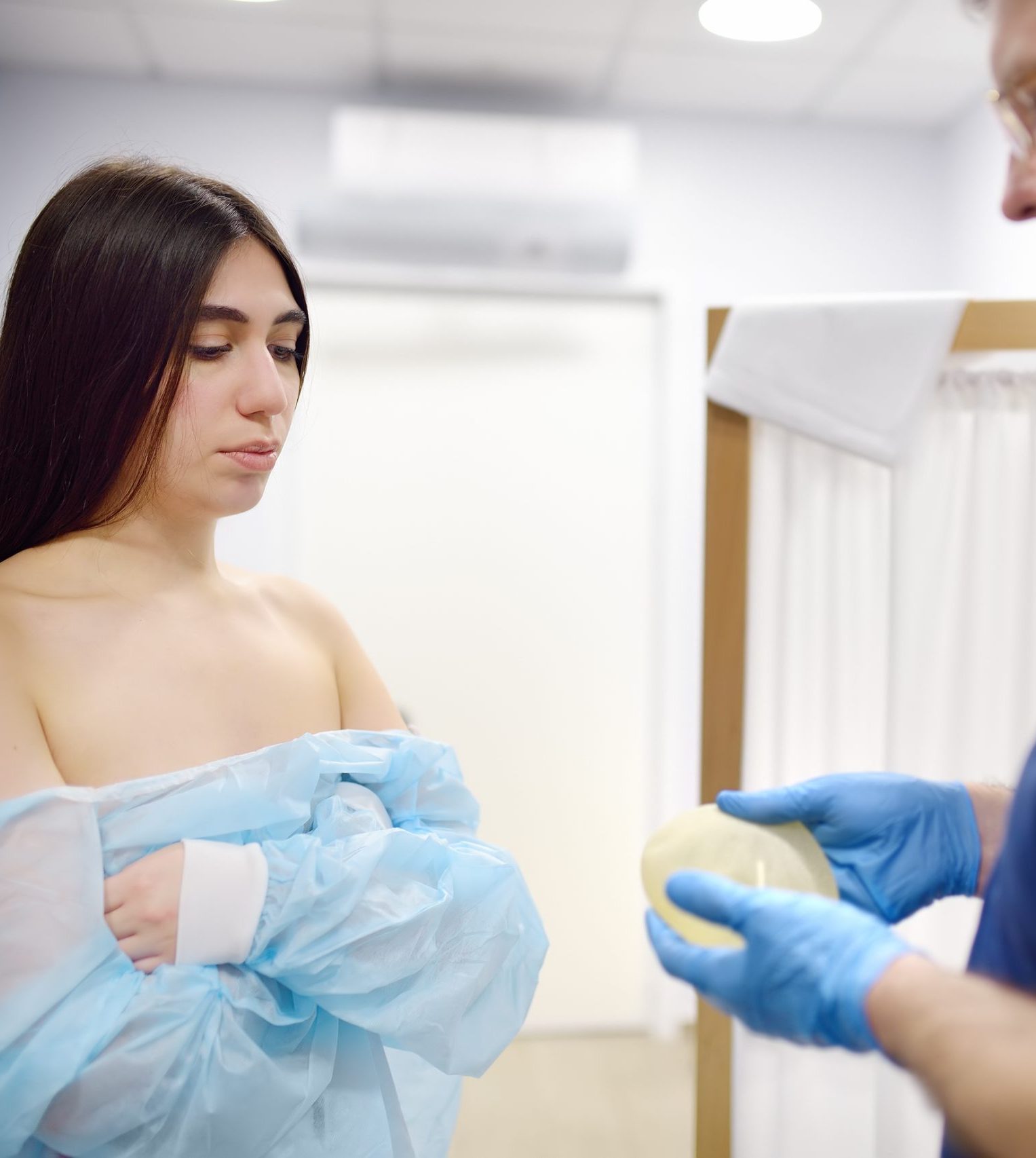
Longterm followup
Regular checkups ensure your healing stays on track. Scars can be improved with creams, silicone, or treatments if needed.
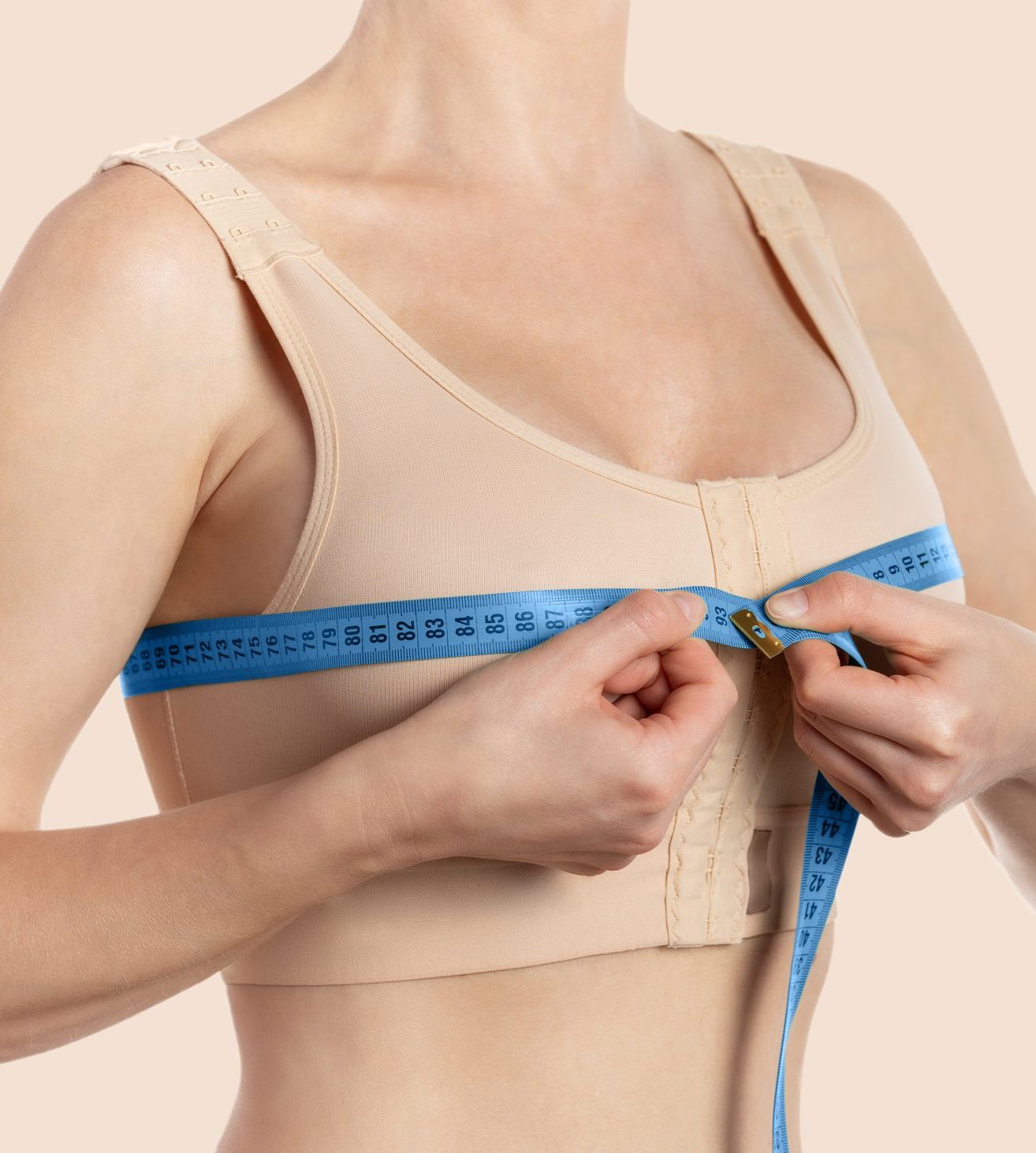
Why most patients choose to reduce
Patients report major relief from back, neck, and shoulder pain—all while enjoying better postures, clothes that fit, enhanced self confidence, and often improved quality of life.
Breast reduction is a transformative journey—physically and emotionally. Trust your surgeon, plan thoughtfully, and give yourself the grace to heal at your own pace. While recovery takes time, most people find the process a lifechanging improvement to both comfort and confidence.

